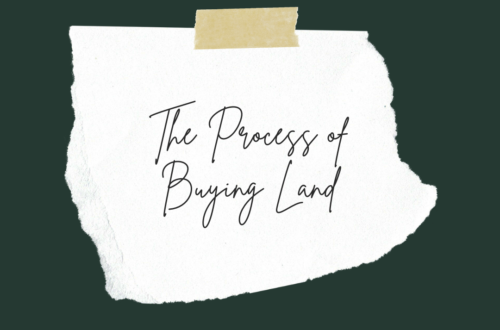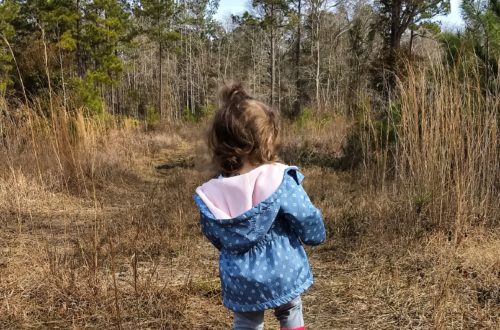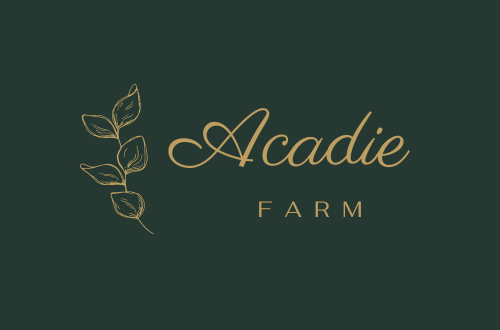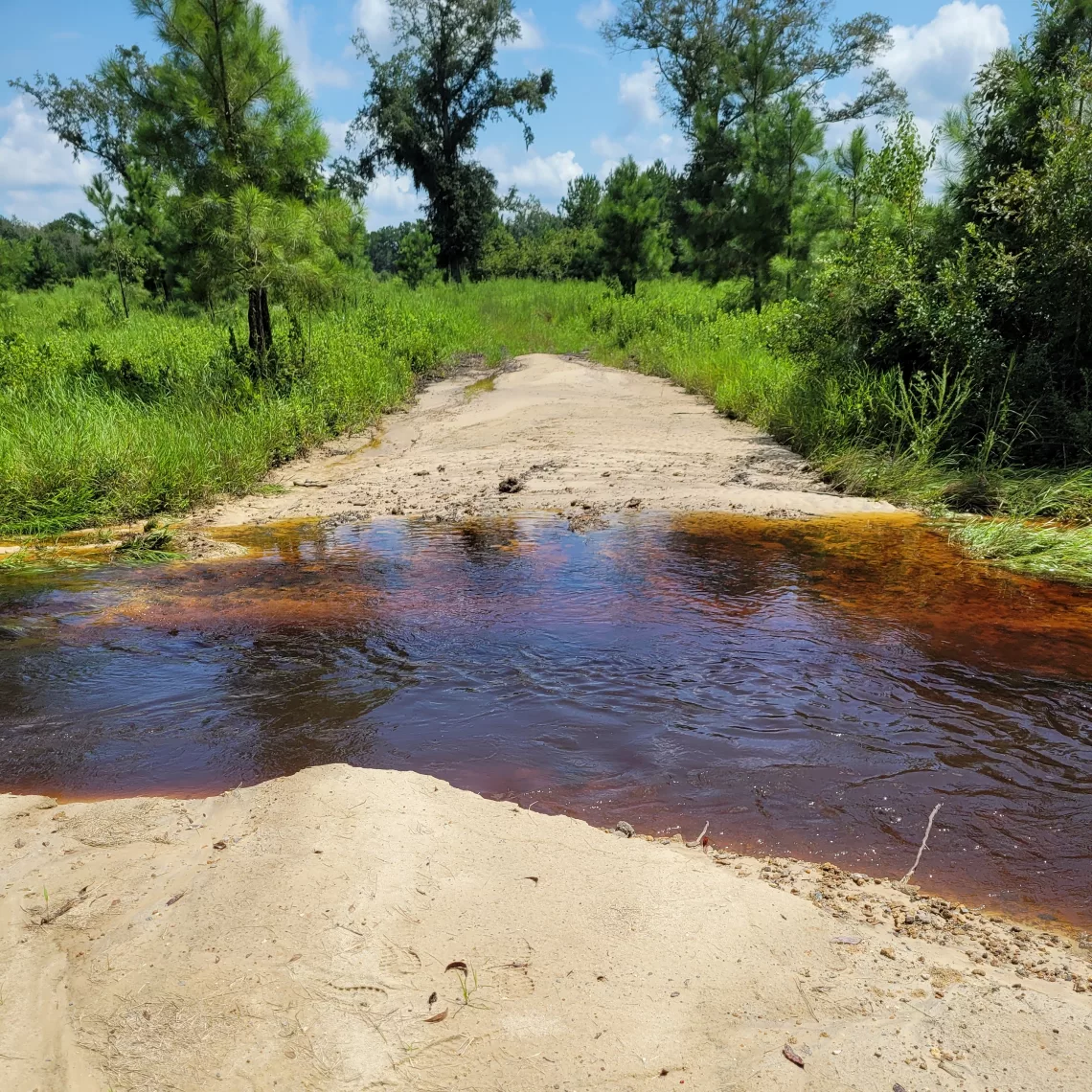
Learning From Your Mistakes on the Farm
Working with land is anything but easy. That’s something I recognized when we bought our land, which was completely wild. While it’s beautiful and full of possibilities, it has to be shaped from the ground up. Yet, when a crisis did occur it still was a little shocking.
We have a couple wet weather streams that traverse our property and that cross over the natural road through the property. A few weeks ago we had two culverts placed so we wouldn’t lose access to certain areas during heavy rains. We also had the culvert replaced where our property meets the highway to widen the road and move it more to the center of our property.
When the culverts were done it felt like we had made so much progress. Things had moved slowly the past few months and having the access points fixed was that bump of hope we needed when things felt like they were never going to happen.
Michael was worried about the biggest culvert, pictured below. The forecast was calling for rain, particularly heavy thunderstorms, a common occurrence this time of year due to the heat. He pulled up the weather forecast and it didn’t look good, but I chose to remain optimistic. There weren’t any hurricanes or tropical storms headed our way, so I felt there wasn’t anything to worry about. The road and the culverts would be fine.
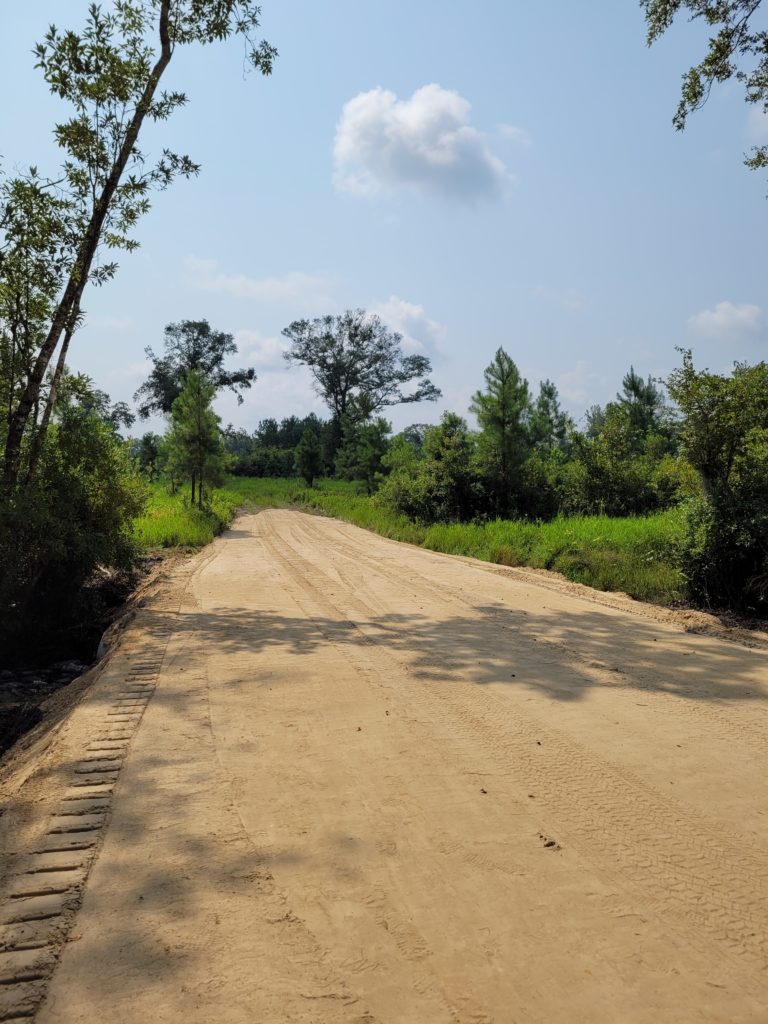
We recently received some heavy outer bands from Hurricane Ida, but nothing like we normally do when the Hurricanes come up through the Florida Panhandle. Then we had a couple of strong thunderstorms, but again, nothing out of the ordinary.
We were suppose to be on vacation the week before Labor Day, but we had to cancel due to Covid-19. Michael works at the hospital, and with the Delta surge we really couldn’t leave. Instead, we did take a few days off, but stayed home. During that time, we had plans to work out at the farm. We were making plans for the plants we wanted to purchase and fencing options. We spent a relaxed morning looking at beautiful flowers and shrubs at a couple local nurseries and then headed out to the farm to measure for the gate and fencing.
To our horror, when we pulled up to the last and largest culvert, the stream had pushed around the culverts and had created a new path around them, cutting our access off to the back 40 acres of our property. We stood at the edge, defeated, a crawfish staring at us from the new stream bank. The water was too dark to determine the depth, but it was at least hip depth and moving swiftly. I joked that we should advertise whitewater rafting in South Georgia. It was better to joke about it than to get discouraged.
The culverts hadn’t been large enough to carry the flow of water. We spoke to some people who own neighboring property and they said they had received 4″ of rain in an hour the day before. We were shocked, because where we live didn’t receive nearly that much rain, and we only live 15 minutes southeast of the farm.
The culverts weren’t large enough to carry that much volume of water and as the water backed up it found the low spot in the new road and completely broke through to release the pressure.
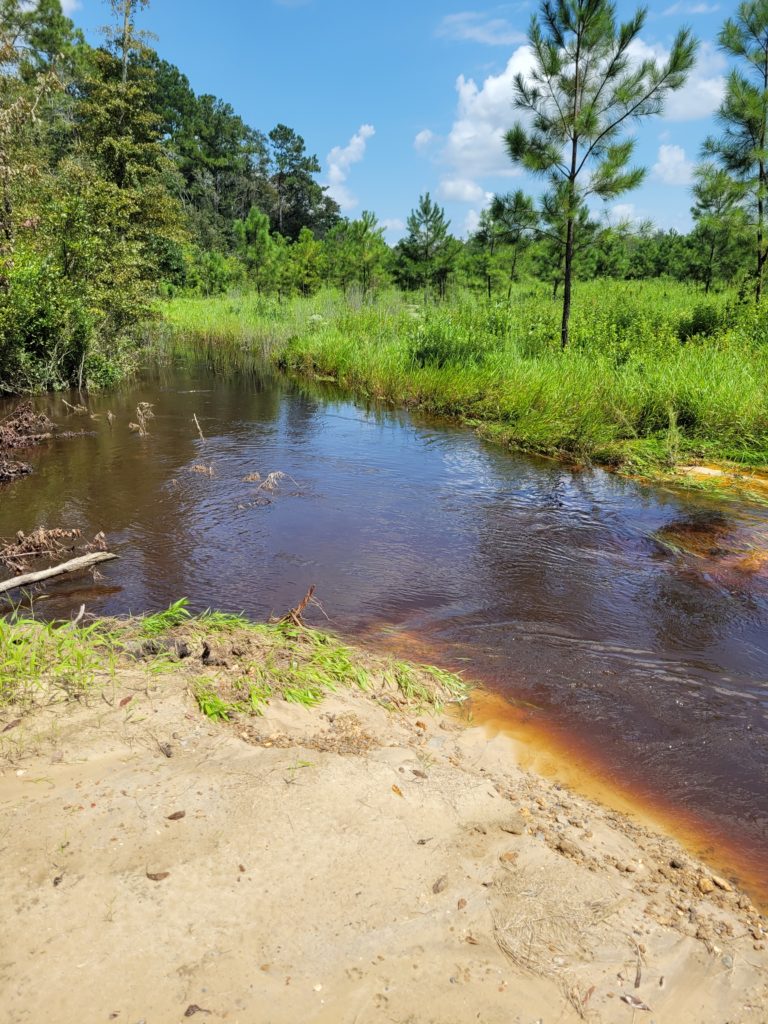
Prior to placing the culverts, Michael’s Jeep Wrangler could traverse the stream, even when it was fairly deeply. It was nerve-wracking, but it could make it through fairly easy. Now, with the 2 foot drop in the road created by the new stream, not even when it’s completely dry could the Jeep get over it without worrying of it getting stuck in the very soft sandy soil.
What was meant to resolve our issue had in essence made things worse. Of course we can always walk to the back, but a vehicle was really needed get anywhere in the overgrowth.
We had taken a giant leap forward, only to take two steps back. While it was initially very frustrating, I was eerily calm about it all. Normally, something like that would have made me very frustrated. However, from past experience with my husband’s family farm, I knew these types of things were inevitable. We’re trying to “tame” nature, and that’s rarely going to happen without some serious mistakes.
The best thing to take from these types of situations? Learn from your mistakes. Understand what didn’t work and why and try to never do it again…haha.
In hindsight, we should have consulted with a civil engineer who could have helped us determine the appropriate size culverts to carry the heaviest possible water flow. And in full disclosure, the company who placed the culverts had warned that we needed to consult an engineer, because he couldn’t accurately determine the size culverts we would need.
So what’s the lesson here folks? Consult an engineer when you’re dealing with water, which causes the most property damage and is the hardest element to tame.
While we did lose some money, we’ve moved on from this life lesson and we’re consulting someone with expertise on how to move forward. My husband’s really pushing for a drawbridge, so we can have a moat kind of situation. Normally, I’d say “no way,” but hey…it might be the best option and it would be kind of cool.
Who else could say they have a drawbridge in our county? And a little fun fact about myself, I’m directly related to Henry VIII and two of his wives (unfortunately both were beheaded, but that wasn’t an unexpected fate for his wives). So who is more appropriate to have a moat and a drawbridge?
I envision getting my husband a trumpet and one of those fruity medieval outfits, and every time someone comes to visit, he’ll greet them from the far side of the stream, blow his trumpet while dressed in his outfit as the bridge slowly lowers. What a welcome, right?
Hey, I’m learning to laugh and roll with whatever comes our way.


